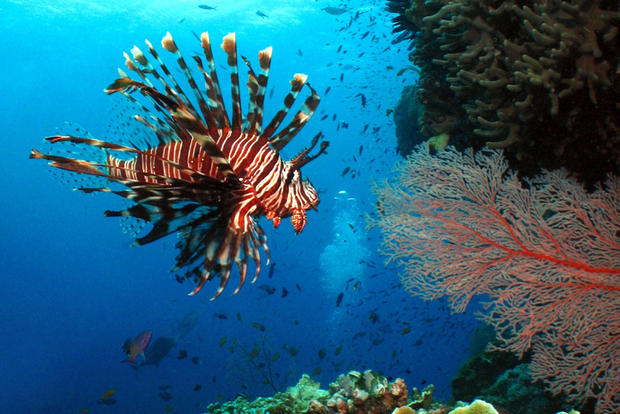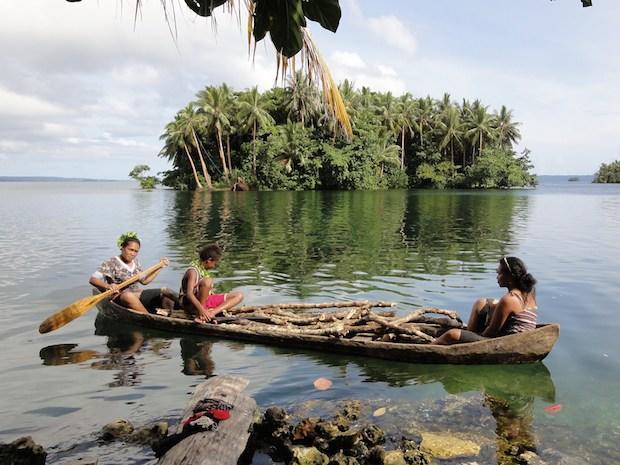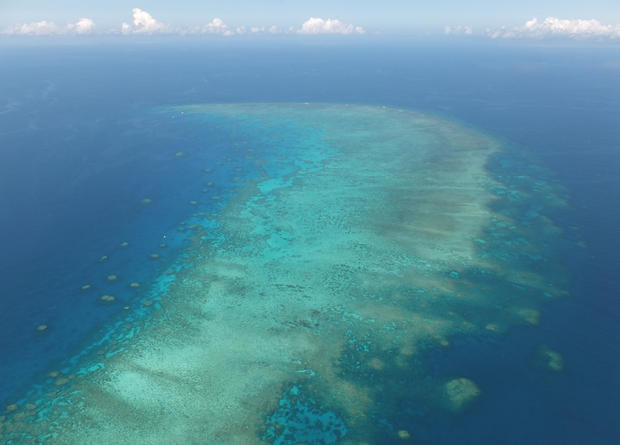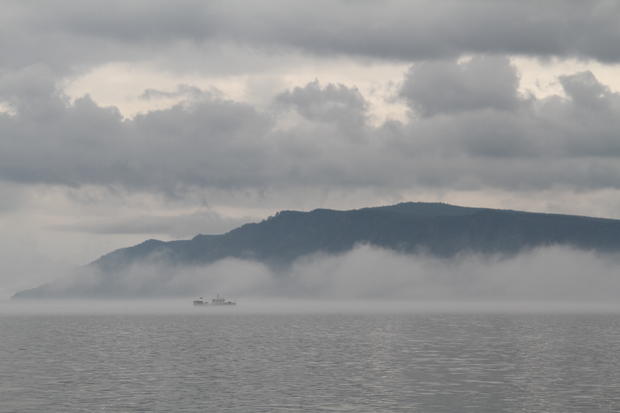5 World Heritage sites in peril
Hundreds of natural places around the world are deemed World Heritage sites by UNESCO, chosen for their importance to biodiversity or simply because they are among the most beautiful in the world.
But many are facing a myriad of threats, from wars to unchecked development to pollution.
Now, the International Union for Conservation of Nature is highlighting two forces that are threatening upwards of one-fifth of the world's 228 World Heritage sites: Climate change and dam building.
The effects of the former are already evident in 35 site identified by the IUCN. The organization said global warming could become the most "widespread threat" to those and other sites in the future due to sea level rise and ocean acidification.
"Few people are aware of the full scale of the damage being done as a result of climate change, including to some of our planet's most spectacular natural areas," Inger Andersen, IUCN Director General, said.
Dams, meanwhile, are threatening 11 sites. IUCN calls for more effective environmental impact assessment of such projects and improved transboundary cooperation from the earliest stages in order to avoid or minimize potential fallout.
"Dams can have a huge impact on World Heritage sites, reducing precious natural wetland areas, changing river flows and impacting local communities," Tim Badman, Director of IUCN's World Heritage Programme, said.
Click through to see five of the most threatened sites.
East Rennell
Marine and coastal sites are facing particular challenges due to climate change through sea level rise, ocean acidification, and increased frequency and severity of extreme weather events. In East Rennell, Solomon Islands, a World Heritage site listed as "in danger" due to logging activities, the increasing salinity of Lake Tegano as a result of sea level rise has caused reduced freshwater supply and food shortages for the local communities. East Rennell is part of Rennell Island, the largest raised coral atoll in the world at 53 miles long and nine miles wide.
Lake Turkana
Kenya's Lake Turkana is the world's largest desert lake, surrounded by an arid, seemingly extraterrestrial landscape that is often devoid of life. IUCN experts predict that the Gibe III dam in Ethiopia may permanently change the seasonal water flows into Lake Turkana National Parks, which could in turn harm wildlife and fish stocks that local communities depend on.
Great Barrier Reef
In Australia's Great Barrier Reef, the vast mosaic of reefs, islands and coral cays produce an unparalleled aerial panorama of seascapes of different shapes and sizes. Extending 1,242 miles along Queensland's coast, it is the world's largest coral reef system. Climate change remains the most serious threat to the reef. Rising water temperatures are causing coral bleaching, and ocean acidification is restricting coral growth and survival.
Lake Baikal
Lake Baikal in Russia, the world's largest and deepest lake and a World Heritage site since 1996, may suffer impact from three projects planned in Mongolia, including the construction of two hydropower plants and a reservoir. During a recent monitoring mission to Mongolia, IUCN found that environmental impact has been assessed in only one case. The combined effects of all three projects on the lake are unknown and could potentially seriously damage its World Heritage values.
Three Parallel Rivers
In China's Three Parallel Rivers of Yunnan Protected Areas, 13 proposed dams in the vicinity of the site could directly affect the exceptional beauty that gives it its World Heritage recognition. The deep, parallel gorges of the Jinsha, Lancang and Nu Jiang rivers dominate the scenic landscape in the area, which is an epicenter of Chinese biodiversity.





